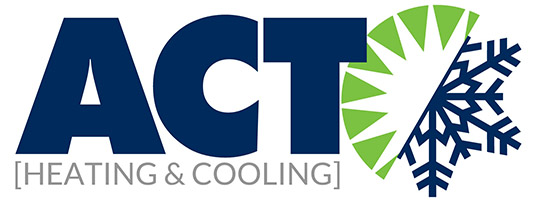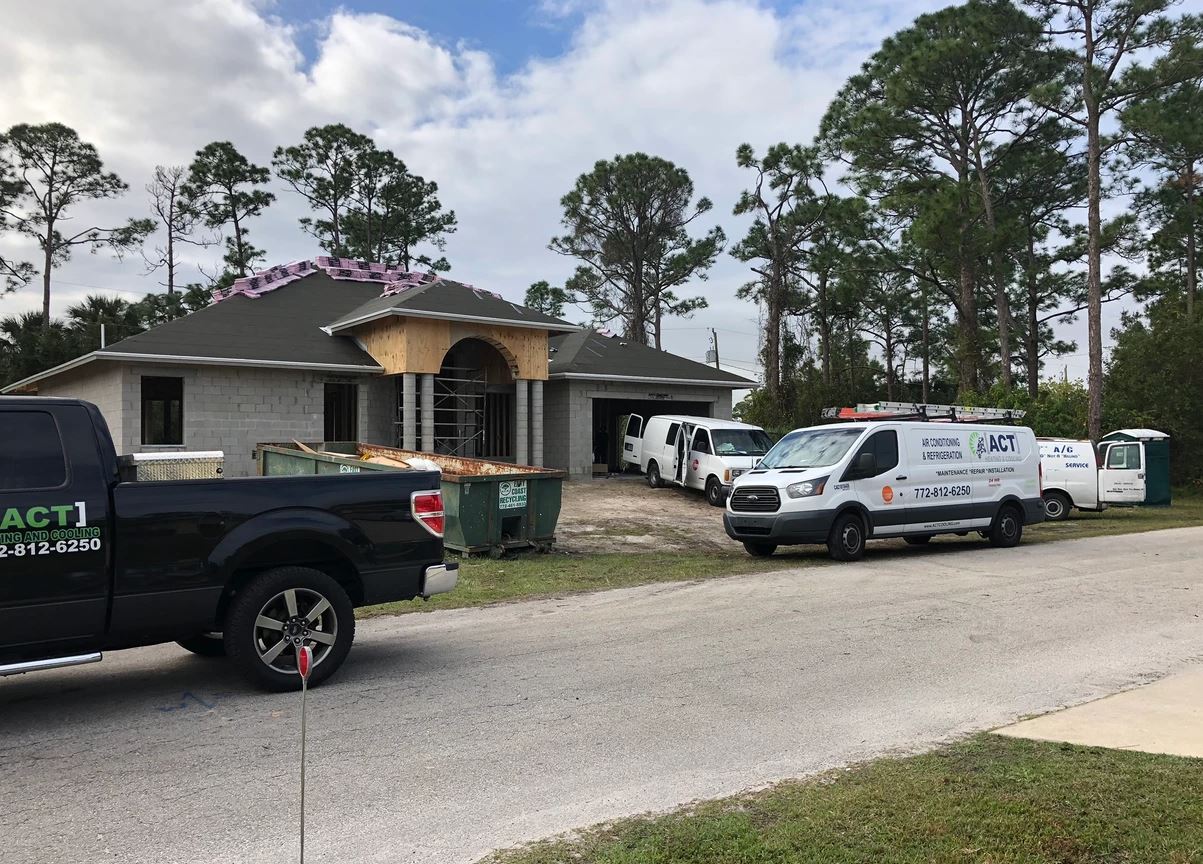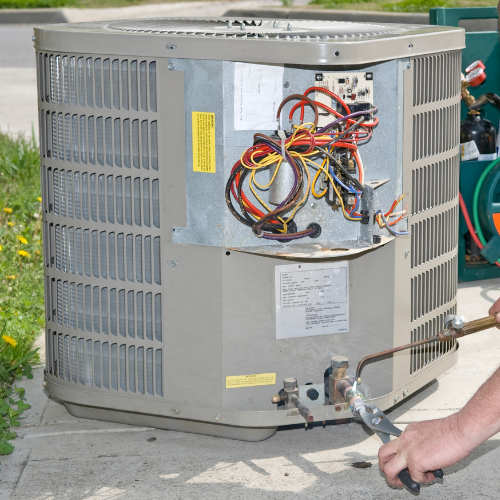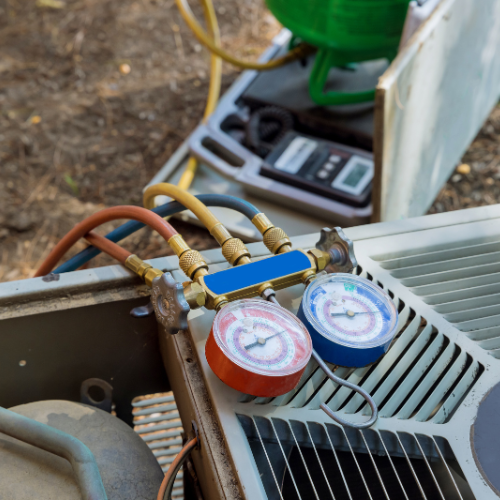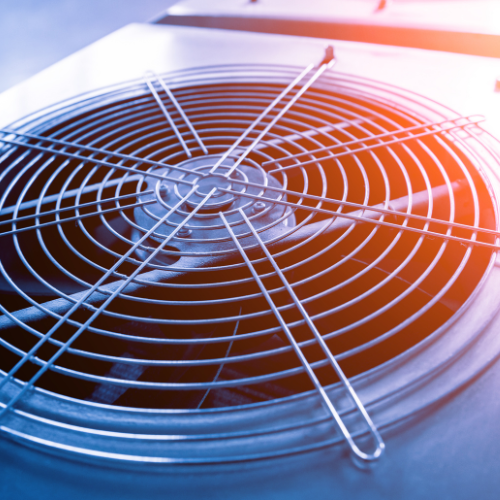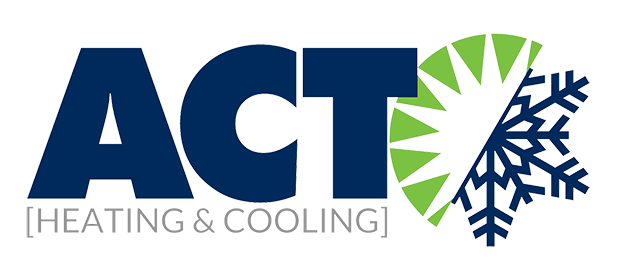How to Repair a Furnace Flue
If you notice your home is not heating properly, or your heating bill has recently increased, you may need to examine your furnace and flue. Your furnace’s exhaust stack, also known as the flue, vents fumes and carbon monoxide safely away from your home’s interior as you heat your home. Over time, the galvanized metal will rust and corrode. If you notice rust forming, this could be a sign that you need to replace your furnace flue. If left untreated, you can risk leaking smoke and dangerous gases into your home.
Replacing a flue is a complicated process that should only be attempted by an experienced handy worker. A mistake during the replacement process could result in toxic gases entering in your home’s interior. ACT Heating and Cooling recommends using a licensed professional for the most critical and large-scale home improvement projects. However, if you are confident in your skill set, here is how to replace your furnace flue.
What you need to know:
- How to Tell If Your Flue Needs to Be Replaced
- Before You Begin Your Flue Replacement:
- Removing the Old Flue
- Cut a New Piece to Length
- Push the Pipe into Place
- Caulk Over the Connection
- If You Need A Contractor
How to Tell If Your Flue Needs to Be Replaced
Rust and leaks are the most obvious sign of flue repairs, but it’s important to note that not all corrosion is immediately visible from the ground. Your exhaust stack extends above your roof-line, and there may be damage that you can’t detect.
Flues benefit from an annual cleaning and inspection. During this yearly cleaning, a professional can alert you to problems. You should also inspect your flue prior to moving into a new home, or installing a new furnace. You can also perform a visual inspection yourself. (It’s important to follow best practices and safety measures when climbing on your roof.) In addition to normal wear and corrosion, flues can be impacted by weather, bird’s nests, and debris.
Examine the entire length of the vent. Pay particularly close attention to the seals around the rain cap (the rounded part on the top of the vent) and the storm collar (a round bulging piece that fits just above the roof). Look for damaged pipes, cracking, and rust.
Before You Begin Your Flue Replacement:
Before you begin replacing your flue, turn off your furnace so it stops producing gases and toxic fumes.
Materials You Will Need:
- Work gloves
- Ladder
- Tape measure
- Pliers
- Snips
- A cordless drill
- Galvanized sheet-metal ductwork
- Galvanized steel elbows
- Sheet-metal screws
- High-temperature silicon or flue glue
- Caulk gun
- Pipe crimping device
Removing the Old Flue
Unscrew each connection and pull the damaged piece out. Use a soft cloth to gently clean around the edges of the flue.
Cut a New Piece to Length
Use a tape measure to get the length of the old piece. Then use your snips to cut a matching length of flue pipe. Crimp one end of the pipe using the pipe crimper to smooth it down.
Push the Pipe into Place
Next, take the length of cut pipe and push it into place so that it lines up with the connections. Push the connections from the existing exhaust pipe over the pipe. Next, take your drill and secure the pipe into place at the connection points using three to four sheet metal screws.
Caulk Over the Connection
Using high-heat silicone caulk, completely seal the joint by squeezing the caulk out in a neat bead and then smoothing it over. This will keep gases from escaping when you run your furnace, so it’s important to completely seal the joint so that no exhaust is let out. Wait until the caulk has dried fully before turning on your furnace again.
If You Need A Contractor
After your project, if you notice that your furnace still isn’t working well, have a professional examine your flue and furnace. Additionally, if you begin this DIY, and realize you need assistance, don’t hesitate to call an HVAC professional. An experienced contractor can assist with your flue replacement and see if the corrosion has led to other issues.
Original Article Here
“https://modernize.com/homeowner-resources/32321/repair-furnace-flue”

